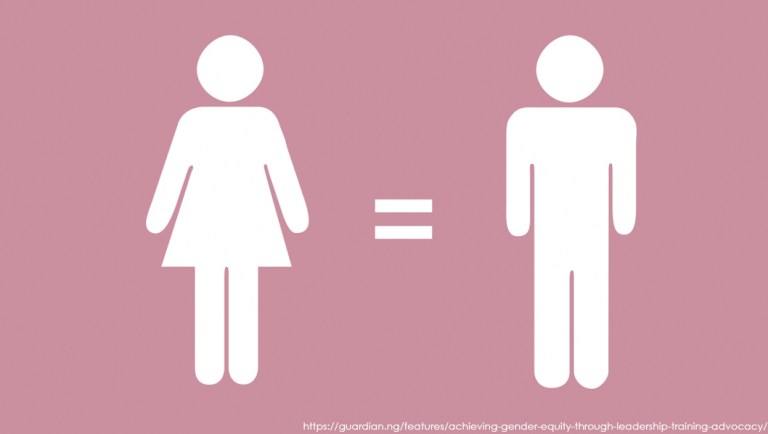Gender Advocacy through Communication
How to avoid gender-based prejudices in written and oral communication?
Being mindful of the language you use is possibly the easiest way to uphold gender mainstreaming in your personal daily practices. Moreover, gender advocacy through communication can be pursued in your organisation internally and publically through policy and strategy amendments that support gender inclusivity.
Here are some gender-sensitive communication strategies to get you started:
- Use neutral nouns, pronouns and plurals
Avoid using “he” or “his,” and instead refer to the position or title of the individual, i.e. “the consultant,” or “the researcher.” Use the word “the,” when referring to the work of the individual. i.e “the work,” instead of “his work.”
When writing the addressee of a letter or email, avoid writing “Dear Sir/Madam,” and use the gender neutral “To Whom it May Concern.” Also, try using “their” instead of “his/her” when talking or writing about things belonging to an individual, i.e. “their ideas” instead of “his ideas.” Invoking the use of plurals supports gender neutrality in a similar way to using neutral nouns and pronouns.
- Use the passive voice
This may sound a little challenging, but it is all about the purpose of your communication and how you structure your sentences. For example, if you are giving general instructions on the due date of a task, you can use the passive voice to say: “The narrative report should be handed in by the project officer by the end of the month,” as opposed to the non-gender inclusive sentence: “The project officer should hand in his narrative report by the end of the month.”
- Use gender sensitive illustrations
It is crucial to give greater representation to gender identities that are often overlooked in society and the media. Choosing images of women, men, and gender non-conforming individuals that do not comply with traditional gender roles may help shift negative attitudes towards individuals with different gender identities as it challenges norms and stereotypes surrounding gender. For example, images displaying a female president can help others envision this or aspire to it in reality.
Reassessing your everyday individual written and oral practices gives direction to your organisation’s communication and visibility strategies. Use the above suggestions to encourage your team members to be more heedful to how they communicate to improve your organisation’s internal culture. Examine the written and visual content your organisation uses to communicate publically and ensure it realises gender diversity and inclusivity.
For more on gender inclusive communication and tips to avoid gender-based prejudices in language, take a look at Lebanon Support’s “A Practical Guide for Civil Society Organisations in Lebanon towards Gender Mainstreaming.” This Gender Manual is part of our Gender Equity Network project on the Civil Society Knowledge Center [civilsociety-centre.org/gen], and Civil Society Incubator programme, and in collaboration with Diakonia. This manual is available in English and Arabic here.
For information on gender and sexuality related terms in English and Arabic, you can also refer to our bilingual Gender Dictionary: Traveling Concepts and Local Usages in Lebanon available as an online interactive tool here, or as a PDF here.
